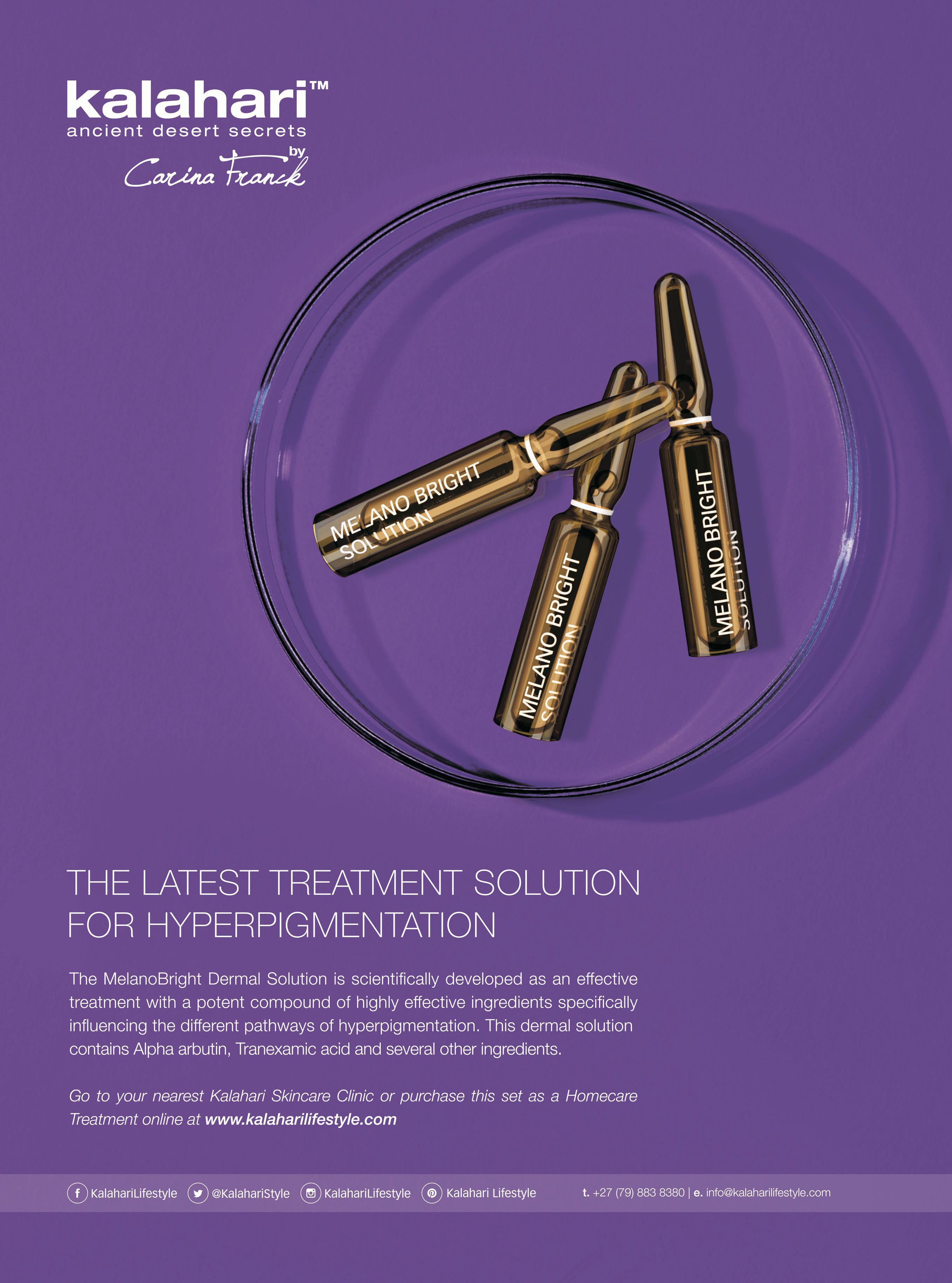
4 minute read
Are You Building Strong ‘Wellness Partnerships’?
By Iain Bell- Sustainable Spa Association
As we prepare for a new era of wellness, wellbeing expert Iain Bell asks if the spa industry is ready to lead their teams through the predicted boom.
Advertisement
Wellness has never been in such high demand and will continue to boom thanks to greater spending power, staycations and a growing value perception of personal wellbeing. A recent global report by McKinsey & Company (April 2021), picks up on trends transforming business, citing 2021 as a year of transition and transformation in a global wellness industry estimated to be worth $1.5 trillion dollars.
As industry providers we should continue to analyse the evolution of wellness and how customers have become more sophisticated. The McKinsey report shows strong consumer focus in expanding self-care categories encompassing preventative health, fitness, nutrition, sleep, mindfulness and personal appearance. Such growth markets are internet and app-driven but spa essentials such as fitness and beauty remain strong consumer contenders. Customers enjoy using facilities and a person-toperson experience.
Effecting change through ‘wellness partnerships’
Are you ready to lead?
So where does this leave spa operators and managers? Undoubtedly, our industry has shown true flair in dealing with the ever more sophisticated personal care/wellbeing regimes of our guests. As spas have reopened, we have shown tenacity, perseverance and resilience to reset and rebuild attractive menus and introduce more depth with extended wellness programming.
Yet, there is still much within the wellness market to elevate and improve the perceived value of professional spa and wellness services. The longevity and agility we will require to navigate the year ahead will lie squarely upon our commercial, and managerial capabilities and how our teams have been supported to embrace unprecedented growth. It’s truly challenging for every spa leader to take a proactive approach when facing staff shortages together with close to 100% bookings, week in, week out. will inevitably come to bear if teams are not provided with self-care strategies, supported on their own wellness path and given tools to build resilience. Traditional output and demand measurements only show positive revenue and profitability. Behind your P&L may lie a tale of staff burnout, absenteeism and a negative domino effect. The post-pandemic approach must start to engage more with staff and lead them into a positive journey of wellness and accountability.
This is the beginning of new era for ‘wellness partnerships’ in our industry. In the post-pandemic spa world, managers and owners must continue to deliver a broad range of wellness content and knowledge and skills to harness progress. As part of this strategy we require full consensus with our teams on how each individual can integrate their wellness into work and into daily living.
As managers we need long-term, effective programmes that everyone plays an active part in. This requires more than a team away day, but a bespoke strategy for each business and the market within which it operates. It requires courage, determination and honesty. A ‘wellness partnership’ is a way to unite our teams, champion work ethics and unlock greater individual and commercial opportunities. How simplicity and cooperation can lead to evolution
The first step as a spa owner or manager is to provide a broad range of wellness guidance. Ask questions about working patterns and environments, and focus on solutions to improve mental and physical capability through wellness. This stage is about more than work, it questions how we can add more value to life
With full consensus an initial brief decides on how each individual can integrate their wellness into work and daily life. The use of digital technology, measurement and tailor-made content will guarantee positive change. The results are shared and celebrated. commitment from management and team members is essential to promote honesty, accountability and longevity. Moving from wellness concepts into best practice creates positive dialogue about work and drives a healthier, happier working culture. More importantly it engenders the human qualities of gratitude, courage, integrity and passion. This is a reset button for self-responsibility and selfdevelopment.
Our teams can utilise essential wellness windows to practice meditation with virtual reality headsets, learn about optimising nutrition at work, and using exercise bands and massage guns to ease the demands of spa therapy. The process puts the individual first, not the business or the customers. It aims to nurture a positive working culture and reverse work related injuries, illness and stress. It will encourage engagement, champion individuals inside and outside of work, and improve commercial viability, revenue and growth.
Such ‘wellness partnerships’ will strengthen the future of our industry, ensuring loyalty, cohesive team dynamics and a positive working culture.
How to encourage your team to invest in themselves for a more fulfilling life
1. Dreams and dividends: What do they want from life? Ask how they will transform it into reality? Also, find out how they would like to profit and be rewarded? 2. Start with a map and compass: Ask them to write out their plans and attach timing objectives. Following the route with other colleagues will provide insight and inspiration from each others’ journeys . 3. Igniting spirit and soul: Encourage them to be their true, courageous selves and follow their ideal path. 4. A gameplan for life: Focusing on positive outcomes can help them create the future they want for themselves.
Iain Bell is founder of the Executive Fitness Foundation. His global expertise spans over 30 years in wellness, health innovation and spa consulting. An expert wellbeing facilitator, educator, international speaker and writer, his passion is to connect holistic health with modern medicine.











